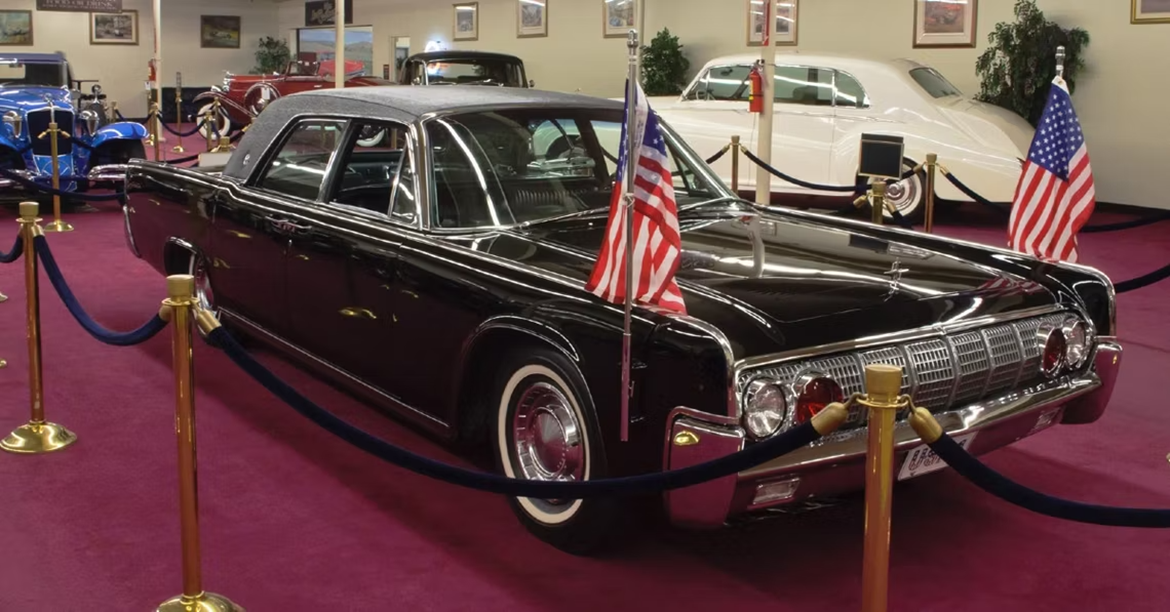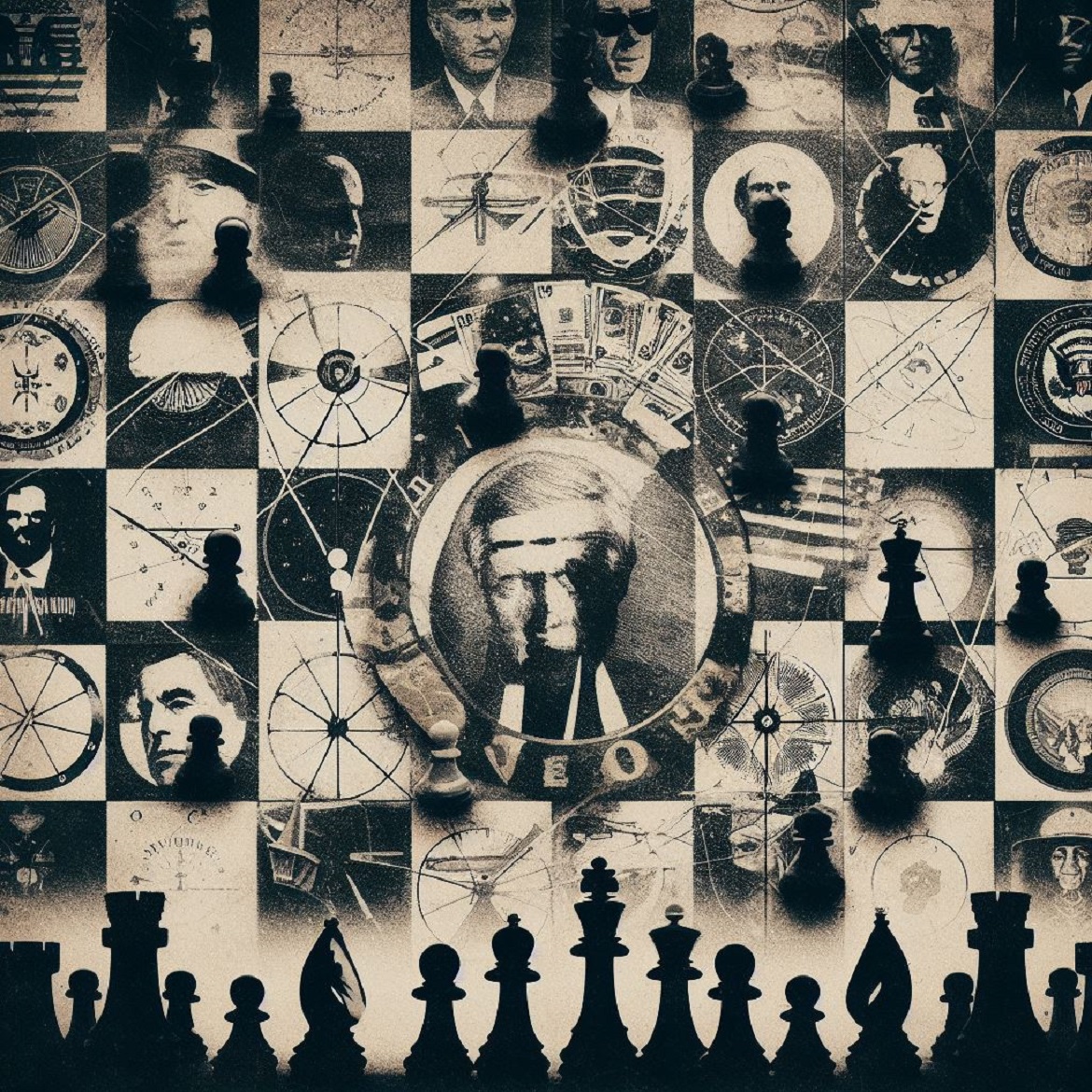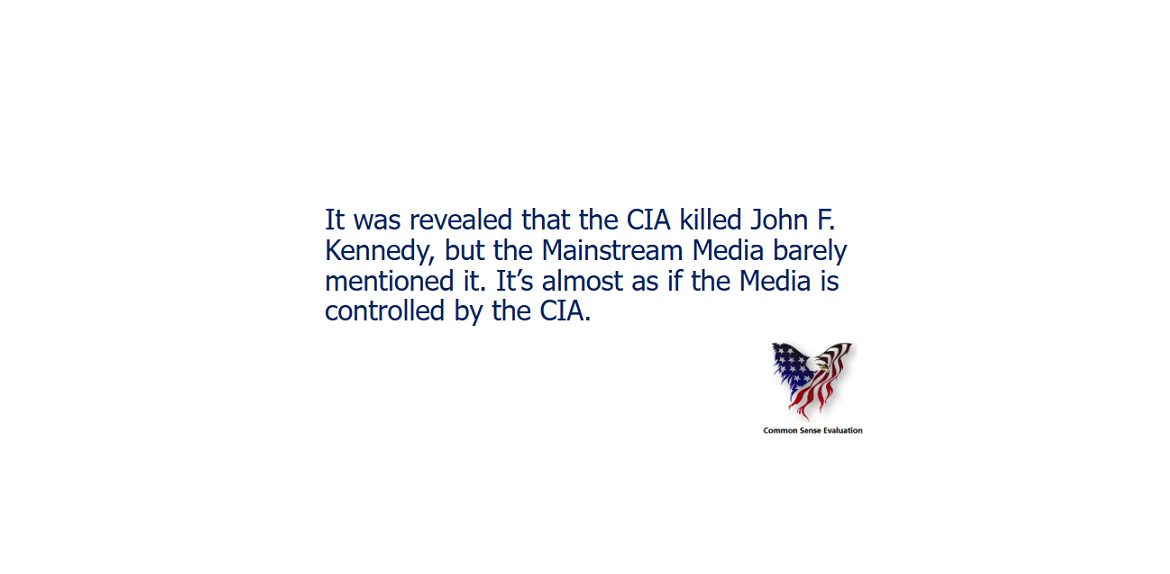The assassination of President John F. Kennedy in 1963 remains one of the most puzzling and debated events in American history. From the moment the shots rang out in Dealey Plaza, theories about what truly happened have captivated the public. Central to many of these theories is the weapon purportedly used to kill JFK: a Mannlicher-Carcano rifle. While the official story places this rifle in the hands of Lee Harvey Oswald, some researchers argue that the gun displayed in the National Archives today is nothing but a replica. So, what really happened to the gun used to assassinate JFK?
The Official Story
According to the Warren Commission, the official body that investigated the assassination, Lee Harvey Oswald fired three shots from the sixth floor of the Texas School Book Depository. The weapon identified was an Italian-made Mannlicher-Carcano rifle. This rifle, bearing the serial number C2766, was found on the sixth floor of the depository shortly after the assassination. Oswald, who was apprehended later that day, allegedly ordered this rifle via mail using an alias.
The rifle, along with other pieces of evidence, was thoroughly examined and eventually stored in the National Archives in Washington, D.C. For many, this is where the story ends. However, the world of conspiracy theories suggests a different narrative.
The Replica Theory
Several investigators claim that the rifle currently on display in the National Archives is not the original. They argue that the gun in the archives is a replica, crafted to replace the original, which either vanished or was intentionally hidden. This theory hinges on numerous pieces of supposed evidence and anomalies.
Firstly, theorizers point to inconsistencies in the appearance of the rifle. Some claim that photographs and descriptions of the gun taken in 1963 differ from those of the rifle stored in the archives today. Differences in the wood grain pattern, the condition of the metal parts, and even the scope’s alignment are often cited as proof that the original rifle was swapped out.
The Mysterious Disappearance
One popular theory suggests that the original rifle disappeared shortly after the assassination. Some believe it was stolen, while others argue it was removed as part of a cover-up. If the real rifle could implicate a more complex conspiracy or reveal additional shooters, it would make sense for those behind the plot to replace it with a replica.
There are whispers that individuals connected to the case, perhaps even within the government or law enforcement, played a role in the rifle’s disappearance. These individuals might have had access to evidence rooms and the ability to alter records, facilitating the swap.
The Fingerprint Evidence
Another controversial point is the fingerprint evidence. In 1998, a re-examination of the evidence by fingerprint expert A. Nathan Darby found a palm print on the rifle that matched Oswald’s. However, some argue this print was planted or discovered under suspicious circumstances. They suggest that the existence of this print, and its delayed discovery, adds weight to the idea that the original rifle was tampered with or replaced.
The Role of the National Archives
The National Archives plays a critical role in this mystery. As the official repository for key pieces of evidence from the JFK assassination, it is supposed to ensure the preservation and authenticity of the items it holds. But skeptics question the security measures and protocols in place during the 1960s and 1970s. They argue that the chaotic and politically charged environment of the time might have allowed for a swap to go unnoticed.
Furthermore, the National Archives has been criticized for its handling of other historical artifacts, lending some credence to the idea that something as significant as the JFK assassination rifle could be mishandled or swapped.
Counterarguments and Skepticism
Of course, it’s essential to consider counterarguments. Many experts and historians maintain that the rifle in the National Archives is the original. They argue that the perceived inconsistencies in the rifle’s appearance can be attributed to photographic angles, lighting, and the natural aging process of materials. They also point out that extensive documentation and chain-of-custody records support the rifle’s authenticity.
However, conspiracy theorists remain unconvinced. They argue that any official records or testimonies could have been manipulated as part of a larger cover-up. For them, the lack of definitive, irrefutable proof means that questions will always linger.
Why It Matters
The debate over the rifle’s authenticity might seem like a minor detail in the grand scheme of the JFK assassination. However, it touches on broader themes of trust in government, transparency, and the pursuit of truth. For those who believe in a conspiracy, the alleged replica rifle symbolizes the lengths to which powerful entities will go to maintain their narrative and conceal the truth.
Moreover, the mystery of the rifle represents the enduring fascination with JFK’s assassination. Every new theory, every piece of disputed evidence, keeps the public engaged and ensures that the questions surrounding that fateful day in Dallas remain alive.
Final Thoughts
The question of what happened to the gun used to assassinate JFK is a microcosm of the larger mystery that shrouds his death. While the official story places the Mannlicher-Carcano rifle in the hands of Lee Harvey Oswald and now in the National Archives, conspiracy theorists offer a different narrative—one of deception, disappearance, and replicas.
Whether you believe the rifle in the National Archives is the original or a cleverly crafted replica, the debate itself underscores the lasting impact of JFK’s assassination on American culture and history. The quest for truth continues, and with it, the theories and speculations that keep this historic enigma alive.




